10 astronomy events to look forward to in 2020
M3 India Newsdesk Mar 13, 2020
If you like gazing at the stars but have never gotten an opportunity to witness any major celestial events, you must read further. While photography and astronomy enthusiasts will be equipped with all sorts of information, all you will need is this list and dates for your experience.
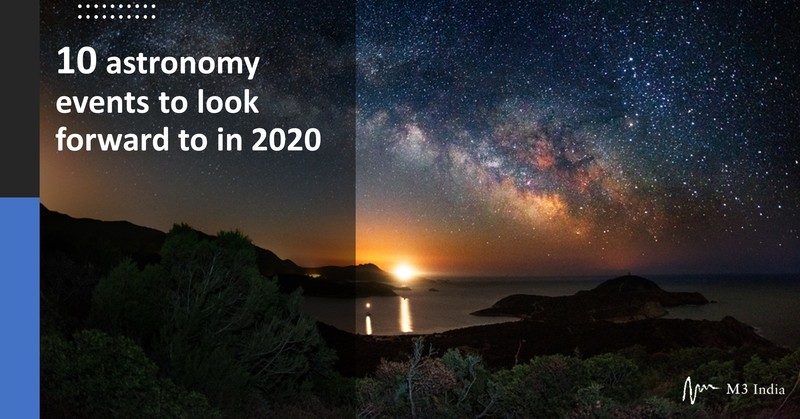
International medical summits and CMEs can give you great opportunities to explore parts of the world. But have you explored the sky from different locations, given that many other countries have special vantage points for sky-gazers? There are some amazing celestial events about to unfold this year, so you may want to use your opportunities to witness them first-hand. Read on to know more and turn into an enthusiast starting this year.
Firstly, you don’t always need a telescope to view the events, a pair of binoculars also works. You can also use an app on your smartphone that accurately locates the celestial bodies for you. If you are really keen, you may sign up for star-gazers’ meets or visit a planetarium around you. Thankfully, India has planetariums in Mumbai, Kolkata, Pune, and Chennai, among others, which are this year’s hosts for CMEs.
We have listed 10 amusing astronomy events set to occur in 2020, so you can mark the dates and enjoy the spectacles.
Events related to the Moon
Fall in love with Super Moons
When the moon is relatively closer to earth, it appears 14% bigger and up to 30% brighter than usual. This occurrence is called a super moon.
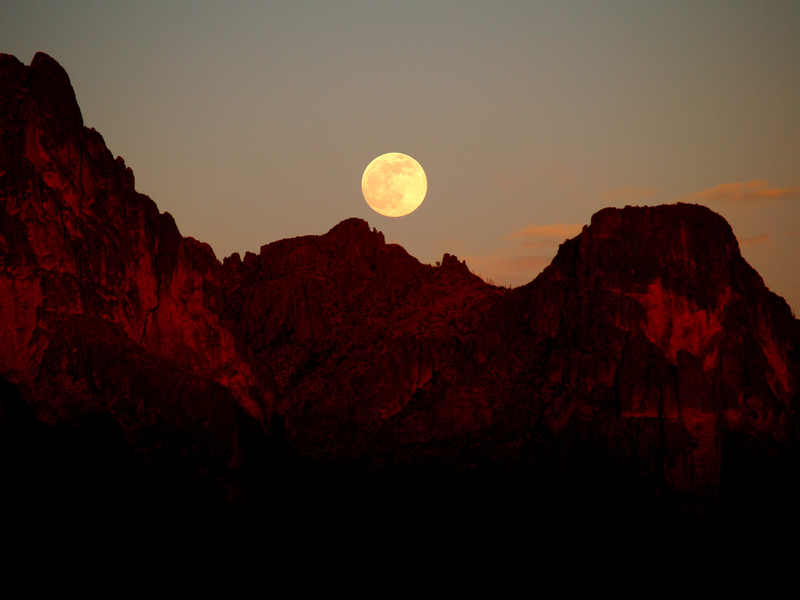
The year 2020 gives us 13 full moons, of which you will be able to view three super moons consecutively in March, April and May. If you will be in India in those months, mark the dates 9th March and 8th April to view this phenomenon. The best time to view a super moon is just after moonrise when it is still low and close to the horizon.
As per Anglo-Indian traditions, the full moon of March is named ‘Worm Moon’, which also happened to be a super moon. The next one on 8th April will be at 8:05 am IST, so we may not be able to see it as clearly in sunlight.
Gear up for penumbral lunar eclipses
Around the world, eclipses have a huge fan-following among astronomers, photographers and eclipse enthusiasts. This year brings us four penumbral lunar eclipses. A penumbral lunar eclipse is when the moon appears masked only a tad bit by the outer shadow of the earth.
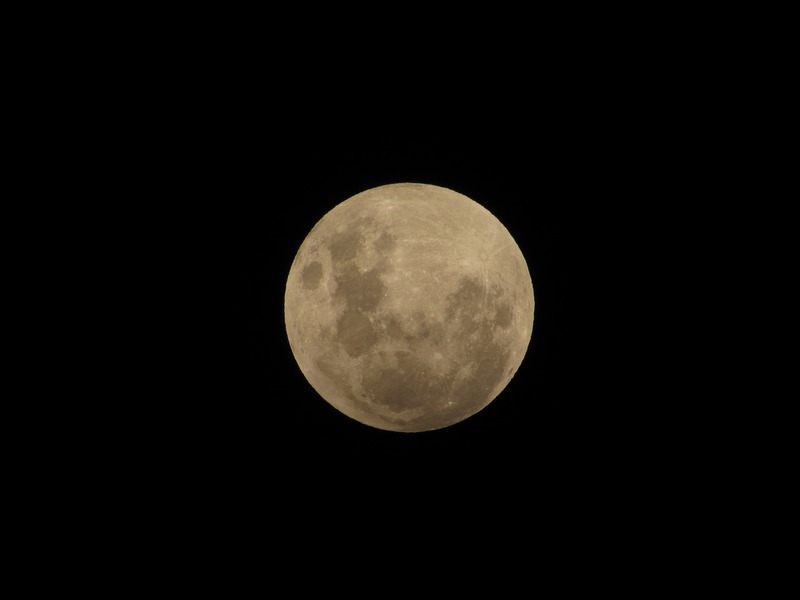
Aside from the one that has already passed in January, another one that will be visible in India will appear on the night of 5th-6th June between 11:15 pm and 2:36 am IST. Other eclipses are set to occur on 5th July and 29th November.
The July one will be visible from most parts of North America, South America, locations on the east of the Pacific Ocean and the west of the Atlantic Ocean, and Western Africa. The one in November can be viewed from North America, the Pacific Ocean, parts in North-Eastern Asia, also covering Japan.
A Blue moon on Halloween’s
When a month has two full moons, the second occurrence is termed as a 'Blue Moon'. The phrase ‘once in a Blue Moon’ is derived from this phenomenon, implying rarity of the occurrence of an event.
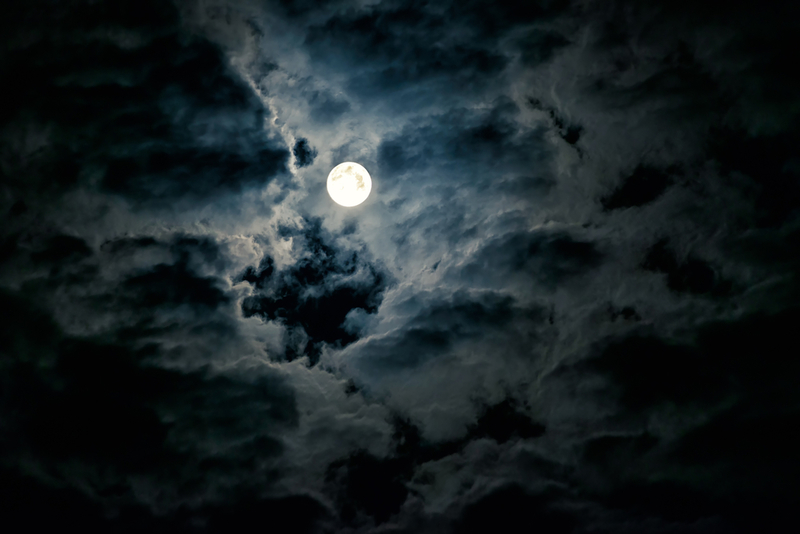
Don’t be fooled by any enhanced images of a moon that looks blue in colour, the moon does not actually appear blue. This year’s Blue Moon is scheduled for 31st October. This year’s Blue Moon night also happens to be the night of Halloween and the next Blue Moon coinciding with Halloween’s would be in the year 2039.
Events related to the Sun
Brace for two solar eclipses
A solar eclipse can make the day darker and trigger chaos among birds and animals. However, it is also highly amusing; every child wants to see it and every photographer wants to capture its best moments.
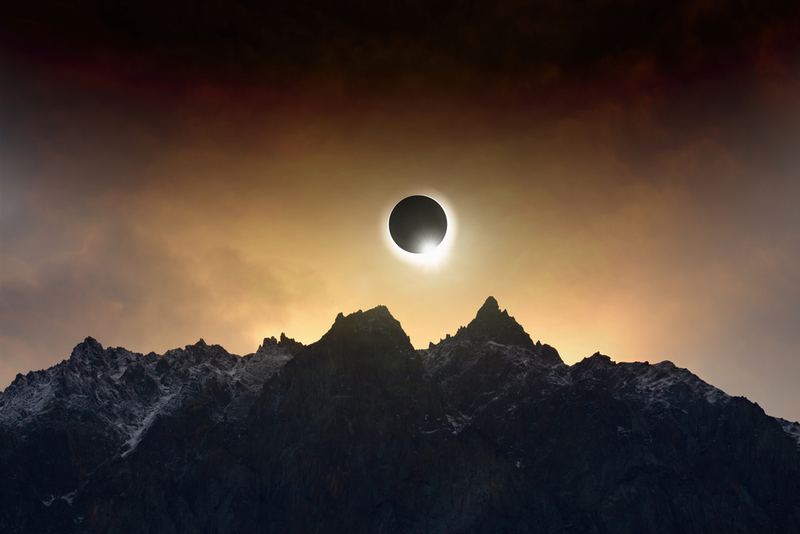
The first one – an annual solar eclipse will be visible in totality on 21st June between 11:52 am and 12:10 pm IST in parts of Uttarakhand. Delhi and several locations in the South can witness a partial eclipse between 10:12 am and 01:48 pm IST.
The second one – a total solar eclipse will grace the skies on 14th December. The totality of the eclipse will be visible over South America, South-Eastern Pacific Ocean and the southern Atlantic Ocean.
Meteor Showers
Meteor showers galore
A meteor shower looks like viewing shooting stars back to back, however, it is normally debris left behind from a comet entering and burning off into the atmosphere.
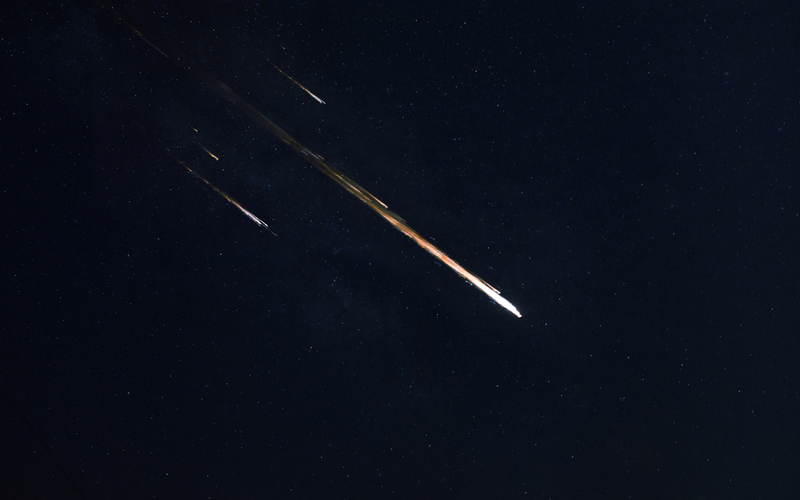
Called by the name Lyrids, the April meteor shower will be visible in India, however, the frequency of the showers can be unpredictable. The showers will last between 14th April to 30th April and peak on 22nd April. This one radiates from the constellation Lyra but is actually from the trail of debris from the comet C/1861 G1 Thatcher.
The next one - the Eta Aquarids will show up on the night of 6th May and go on till the wee hours of the morning after. However, the shower would be best visible to nations in the southern hemisphere.
The dazzling Perseids
One of the most-awaited events, the Perseids meteor shower is called so as it appears to originate from a constellation called Perseus. However, the meteors are from the debris left behind by the comet 109P/Swift-Tuttle and we see it occur annually when the earth gets in the way.
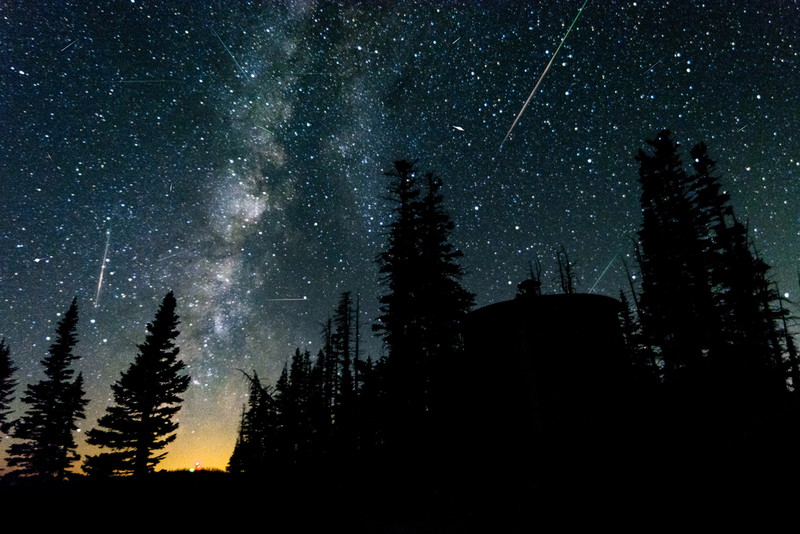
These meteors have a glittery streak, which makes them look brighter and sometimes, even multi-coloured. Plus, most of them have a long trail and in perfect weather conditions, one can spot close to a 100 meteors in an hour.
This year, the showers will become visible between 12th and 13th August, which is when it will be at its peak. It is less likely that enthusiasts in India will be able to see it during these monsoon months, so if you happen to be travelling around the UK or the USA, do spare time to get a glimpse of the Perseids.
It will be Raining Geminids
If the Perseids have amused you, you will be thrilled to know that the Geminids meteors can put up a far more spectacular show. While they are debris from the asteroid 3200 Phaethon, they seem to radiate from around the star Castor, from the Gemini constellation.
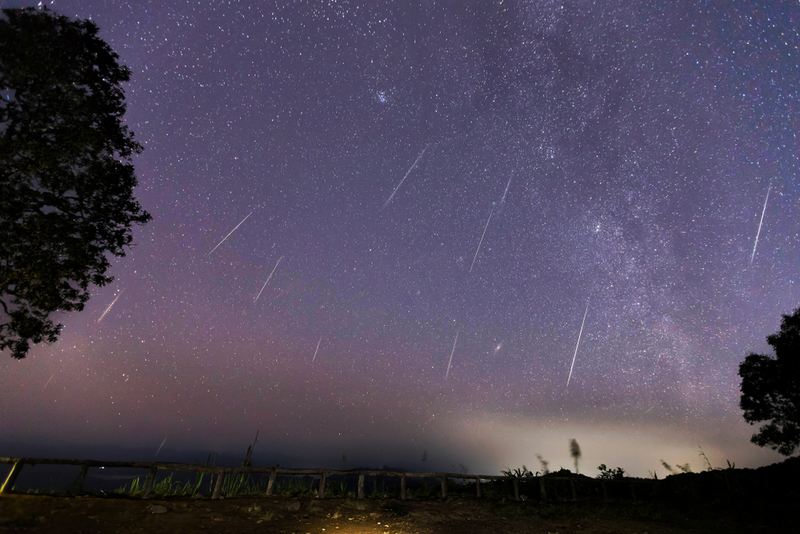
The showers will begin appearing in the sky by 4th December, gradually peaking on the night of 13th December. It being December, we can expect clear winter skies and also darker skies owing to a new moon.
In ideal conditions, you may be able to spot close to 150 meteors every hour. The lesser light and city pollution around you, better the chances of enjoying the Geminids shower.
Planetary events
Meet the neighbours Jupiter and Saturn
This year, by the time it is July, the two of our biggest neighbouring planets – Jupiter and Saturn will be clearly visible in the sky. While to naked eyes, they can appear like stars, experienced eyes can tell them apart as planets don’t flicker as stars do.
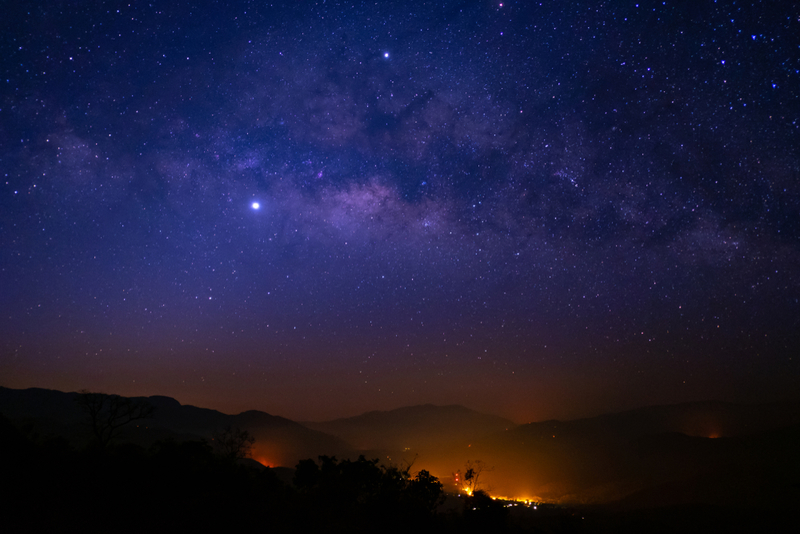
While July would mean monsoon clouds in the sky, so chances are the planets may not be easily visible to us. However, if you are in the northern states, it would still be early for monsoons, so the planets may be visible.
Jupiter, in its orbit, will come closest to earth starting 14th July, whereas Saturn will make an appearance only by 20th July. You may use an app that shows you a sky map to locate or track the movement of these planets.
The merging of two planets
Come 21st December, Jupiter and Saturn will come extremely close to each other, an event which astronomers call super conjunction. To our naked eyes, from so many crores of kilometres away, they may appear as one bright star.
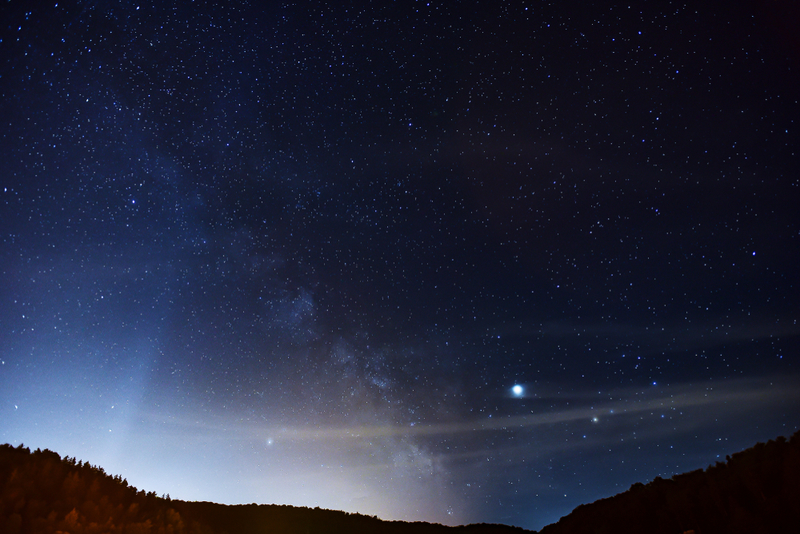
As per the Royal Astronomical Society of Canada, the last time the super conjunction of Jupiter and Saturn occurred was in 1623. The planets will appear as close as only 7 arc minutes of each other in the western direction after sunset.
If you can get hold of a telescope or a pair of binoculars, it would be possible to view the two planets in the same field of view and without any equipment, they will appear as one bright star.
We hope the marvels of the sky amuse you enough to keep the dates. Let us know if you can witness any of these events and share pictures or fun facts with our readers if you have been a fan of astronomy.
-
Exclusive Write-ups & Webinars by KOLs
-
Daily Quiz by specialty
-
Paid Market Research Surveys
-
Case discussions, News & Journals' summaries